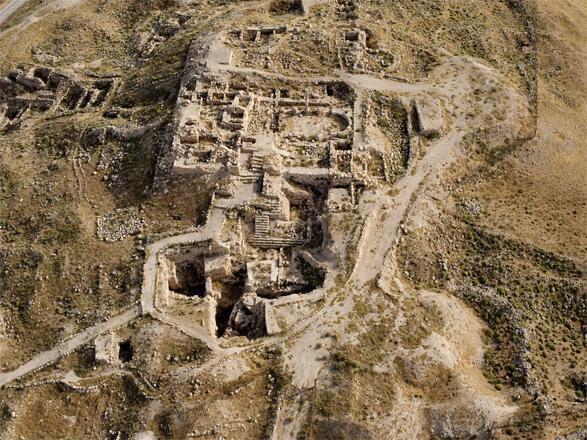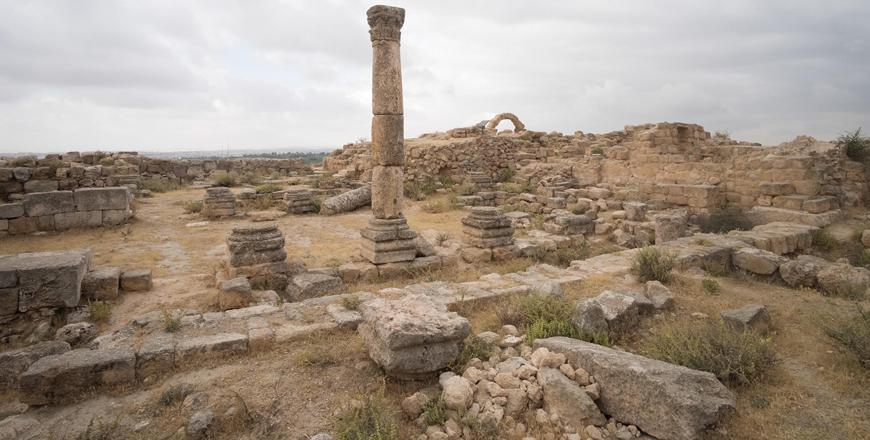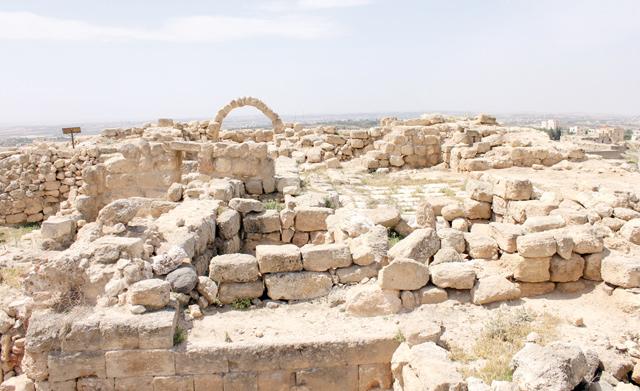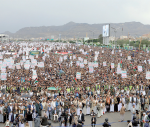You are here
Agricultural transformations under Ottoman rule: Tell Hisban’s Case
By Saeb Rawashdeh - Jan 20,2024 - Last updated at Jan 20,2024
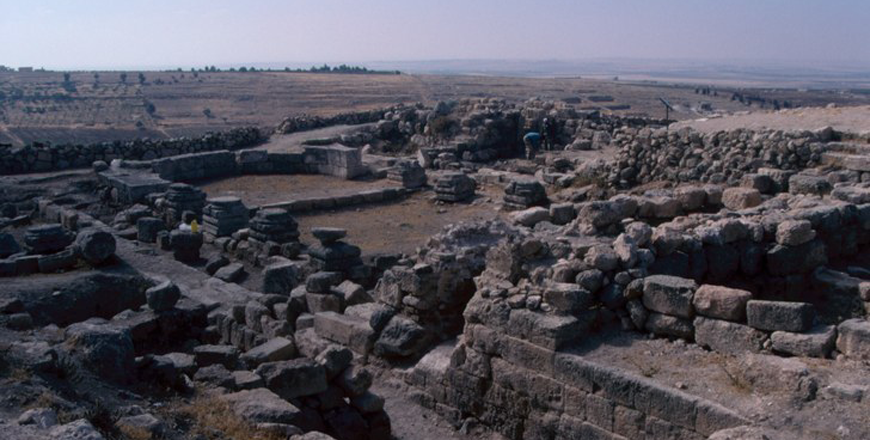
Located approximately 25 kilometres southwest of Amman and overlooking the northeast edge of Dead Sea, Tall Hisban once occupied a strategic position along a caravan route of classical and medieval times and the Ayyubid-Mamluk pilgrimage route from Damascus to Mecca (Photo courtesy of ACOR)
AMMAN — The Ottoman conquest of the Levant in 1517 had an impact on the economic models of the Mamluk dynasty that ruled the area from 1250 until 1517. One of the Mamluk state monopolies was the sugar production in the Dead Sea area, which supplied the state with a steady income. After the political transition in the 16th century, sugar production started to decline and eventually withered.
“One of the biggest factors behind agricultural changes after the Ottoman conquest was the sale of state land. More fields and orchards, along with corresponding shares, were becoming increasingly accessible to the public for sale and lease,” noted Bethany Walker from the University of Bonn, adding that at the same time.
many of the state-run agricultural enterprises of the Mamluk period, such as sugar production, were replaced by much more diverse cultivation of cash crops, urban gardening, rural orchard cultivation and export cereal production.
These crops included lucrative options like cotton, tobacco, olives pressed for their oil to manufacture soap, and wheat, as well as family-run and waqf-managed orchards producing figs, apples, quince and grapes.
“Peasants took the initiative to cultivate in this manner, as they were knowledgeable about local and urban markets, knew when land and harvests were available for sale, and gained access to credit for these purchases through loans from Ottoman officials and village sheikhs, and ‘cash waqfs’,” Walker explained, noting that they built cisterns and agricultural terraces to support a rapidly expanding orchard cultivation.
Furthermore, the same trends were taking place in other regions of the Ottoman Empire, as well as garden agriculture became popular and profitable.
One of the Ottoman bread-baskets was the Madaba Plains and it was a granary during the classical period, Mamluk Sultanate and the global market of the Ottoman era.
“The late 19th-century Tanzimat-inspired land laws, which required registration of land, made the ‘cereal boom’ in Transjordan possible. Additional land was allocated for cultivating cereals, mainly wheat, for transportation to Palestinian ports and exportation beyond,” Walker said, adding that Tell Hisban was resettled during this period, marked by the construction of houses in the slopes of the tell’s ruins, as well as the development of structures in what now constitutes the modern village.
Much of this resettlement was tied to the labour demands and opportunities arising from local cereal cultivation. This was market-oriented and large-scale, Walker stressed.
The so-called Nubulsi qasr, located a kilometre south of Tell Hisban as the large walled, cross-vaulted stone complex, stayed an architectural reminder of the days of the “cereal boom” in Transjordan, Walker explained, adding that the complex developed over a long period of time, and once included stables, a ma aafa on the upper floor, domestic units, and many storage facilities.
“Large quantities of grains were stored here, as well as in the Shunah complexes located across the Madaba Plains and its wadis from as early as the 18th century,” Walker underlined.
Related Articles
AMMAN — The Mamluk period (1250-1517) is still a relatively unexplored field for scholars who know very little about the residence patterns
AMMAN — Tell Hisban, located in the Madaba Plains, represents the “granary of the empires”, noted an American archaeologist.The site, coveri
AMMAN — There has been a boom in studies devoted to the Mamluk period (1250-1517) due to a recent “rural turn” in Islamic archaeology, accor


